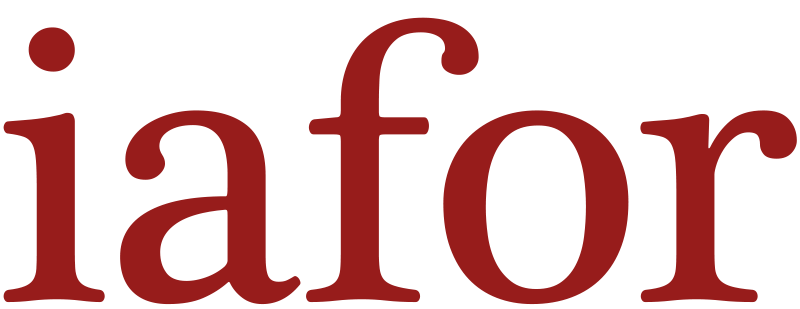Authors:
Frankie Subon, HELP University, Malaysia
Siti Sarah Mohd Tarmim, Management and Science University, Malaysia
Email: [email protected]
Published: October 22, 2021
https://doi.org/10.22492/ije.9.5.05
Citation: Subon, F., & Tarmim, S. S. M. (2021). The Code-Switching Phenomenon during Oral Presentations among the Business Programme Students, 9(5). https://doi.org/10.22492/ije.9.5.05
Abstract
In Malaysia, English as a second language is used as a medium of instruction in most institutions of higher learning. Although it is compulsory to use English as a medium of instruction for all academic programmes, code-switching is still prevalent in the classroom for instance during an oral presentation. This phenomenon is also common among the students in the bachelor’s degree in International Business (BIB) at a private university in Selangor, Malaysia that became the context of this study. Hence, this research aimed to explore the BIB students’ perceptions on the utilisation of code-switching during oral presentations, and to identify the frequency of its usage in their speech. The participants of this study were 203 students from the Faculty of Business Management and Professional Studies (FBMP) of a private university in Selangor, Malaysia, who are currently doing their bachelor’s degree in International Business. The research instrument employed was a questionnaire that was accessible through a google form link by all the 203 students. Descriptive statistics were run to analyse the data collected. The findings of this study revealed that the students perceived positively the use of code-switching during oral presentations. Majority of them agreed that they code-switched to overcome their lack of proficiency in English such as limited vocabulary, and to ease their oral presentations. Most of the students admitted they frequently code-switched during oral presentations. From these findings, important implications and recommendations for future research were elucidated.
Keywords
code, code-switching, language alternation, oral presentation, second language acquisition
